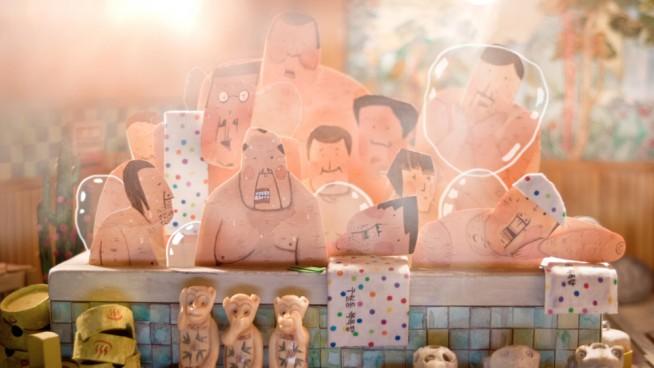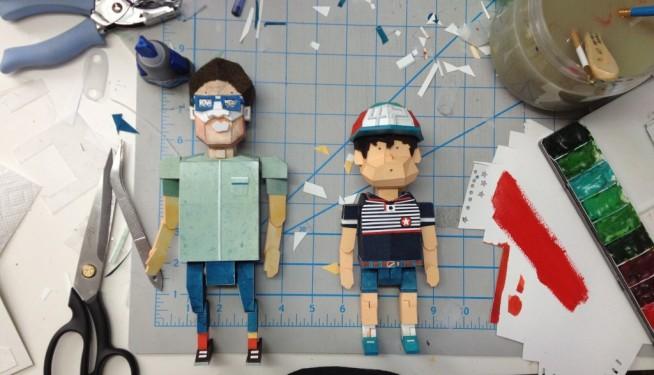Stop motion animation is a painstakingly slow and precise form of film making. The movie camera captures the action of the film one frame at a time. The minuscule puppet movement are hand-made, making it a lengthy process. Moreover, a week’s filming represents an average of four seconds of footage. One second of a stop-animation film is the equivalent of 24 movements of an animation puppet. In addition, a 90-minute film represents approximately 129,600 frames. If an unwanted or wrong movement occurs, there is no method of undoing it. The animator must start over. That is why 3D printing changes how stop motion films and shorts are made. One such production that takes advantage of the new technology is the 3D Print Deer Flower short film.
Building on the Aesthetic Quality
The teaser for Studio Zazac’s “Deer Flower” represents a unique method of film making. They will release the short-movie in 2016. The promise is to build on the aesthetic quality of Zazac founders (Kangmen Kim and Seulhwa Eum) and their critically acclaimed 2012 animation film
38-39°C. This stop animation provided audiences with the duo’s distinctive cinematography in its usage of flat-textured cards for the characters in the elevated temperatures of a Korean bathhouse.

Expedited 3D Printing Fabrication
The Los Angeles-based Studio Zazac team wanted to give more dimension to the 3D printed puppet characters. Therefore, Kim placed watercolor paper, as well as other materials on the figures, giving them proportion without sacrificing the surface material. In addition, the film’s characters and props are also 3D printed. Sketched with pen and paper, they were completed in Maya clay. The MakerBot Replicator 2 assisted in the 3D transformation from digital to physical form. The driving factor in using 3D printing for Kim was for practical purposes. He built the majority of the puppets and props without access to three main factors: big machines, an array of tools and ample space. Nonetheless, what is striking about Studio Zazac’s 3D short film is the contrast between the two-dimensional essence of the surface applications against the visual tension of the 3D puppet construction.

The most relevant factor 3D printing contributed to the “Deer Flower” short-movie was a more effective and efficient usage of time. As 3D printing accelerated the fabrication of the characters, the producers devoted more time to the seamless creation of the 3D Printed Deer Flower film.
